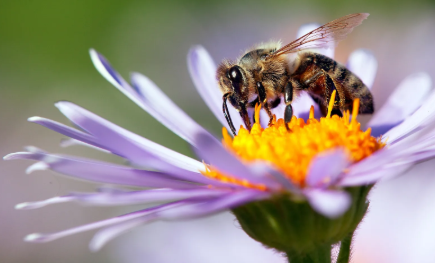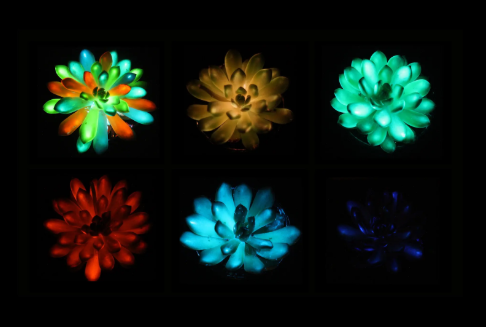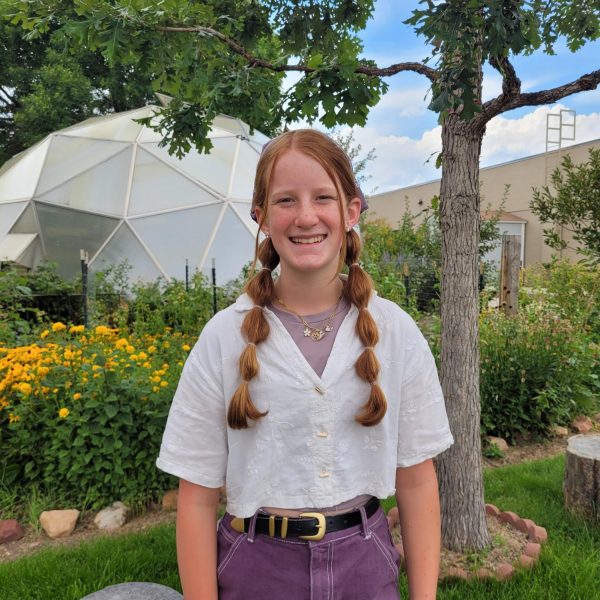In recent years, the bee population has decreased significantly, largely due to human activity and the resulting environmental damage. The loss of bees could have tremendous and negative effects on ecosystems as well as economies, and it is essential that their population stays at a reasonable level.
Bees contribute over $15 billion to the value of US crop production and pollinate nearly a third of the food we eat. In the United States, honeybees alone are responsible for between 1.2 and 5.4 billion dollars in agricultural productivity. Not only are bees important for our economy, but also for the environment. They support healthy ecosystems, clean the air, support other wildlife, and more. Without bees, we would lose many of our crops. This includes all nuts, all coffee, and most of our fruits and vegetables, such as tomatoes, apples, onions, blueberries, carrots, and much, much more. The loss of these foods could lead to nutritional deficiencies in the human diet, being that they are key sources of vital nutrients. In many traditional medicines, honey is used when treating some conditions. Research suggests it can help with things like cardiovascular disease (because of the antioxidants), wound care, particularly in burns, gastrointestinal disease, and even neurological disease. Along with that, it is found to have some antidepressant, anticonvulsant, and anti-anxiety benefits. Beeswax, something else bees make, is also extremely helpful. Beeswax is used in many different skincare products along with numerous different ointments. There are many different reasons that bees are important, supporting our surrounding ecosystems and economies, and these are just a few!
Busy bees and other bugs spend much of their time pollinating plants, something that is extremely important to both the Earth and us. But in order to understand why pollination is so important, we need to know how it works. Pollinators are not just limited to honeybees. They also include big fluffy bumblebees, butterflies, moths, hummingbirds, bats, and more. They are simply anything that helps to move pollen from one flower to another. This helps to fertilize a plant, which helps make fruits, seeds, and even more plants. As a pollinator lands on a flower or drinks nectar, the pollen gets stuck to their bodies and gets transported to the next plant that they land on.
Now, why pollination is so crucial. To start, healthy ecosystems depend on pollinators to survive. More than 75% of flowers and flowering plants are pollinated. This means that more than 1,200 food crops, as well as 180,000 different types of plants, get pollinated. These are plants that help to clean the air, supply oxygen, and stabilize our soils!
In the past few years, the bee population has noticeably dwindled. There have been many causes of this, such as climate change, habitat loss, parasitism, etc. One survey taken in 2019 said that almost 40% of beekeepers in the United States lost their bee colonies during the previous year. The honeybee population in the U.S. has decreased by 60%, compared to 1947. One of the reasons for this are changes in the climate due to human activity. Air pollution from cars, factories, and so on is thought to be affecting bees. Some research says that the scent molecules that plants release that help bees locate them have been masked by air pollutants. This makes bees slower and less effective at pollination. It is also said that climate change and the shifts in temperature have affected the bees’ seasonal activities due to the temperature difference. Another reason for the bees’ decline are new farming practices that have grown popular. An example of this is monoculture farming. This is when farmers grow large fields of the same kind of crops. This makes it more challenging for bees to have a well-balanced diet and can lead to malnourishment, which can make them more susceptible to pesticides, parasites, and pathogens because their immune system is not as strong. It’s almost like if a human were to just eat strawberries for three months straight, which is not very healthy. Also following the negative plants subject, the introduction of invasive species has taken a toll on the bee population. When humans introduce new species to an environment, they may end up competing over the native species and taking over. This results in a loss of food for the bees in that ecosystem, whose diets consist of the local plant life. Not only that, but invasive plant species can result in the spread of parasites and diseases. Varroa mites weaken the honeybees, and German yellow jackets even feed on the native bees. Fungus has also been common in some bumblebee species. Additionally, the expansion of industrial architecture and human development has caused many habitats to wither or just disappear completely. Not only is this a problem because it ruins the plants that bees need to pollinate, but also because they lose their homes. This is devastating because bees are so essential to our world. Luckily though, there are ways we can help.
There are a number of ways that we can help bees, but here are just five:
- Preserve bee habitats: Preserve safe habitats for bees; plant flower beds, window boxes, or whatever else you can. Replace excessive lawn with flowers and other plants that bees can pollinate.
- Go chemical free: Minimize the use of pesticides and herbicides because they can seriously harm bees. Doing this can help maintain pollinator populations, balance ecosystems, and contribute to biodiversity.
- Let stems be: Close to 30% of bees in the world tend to nest in holes in trees, logs, or plant stems. Cutting a stem could ruin a bee’s home. Leave logs that you find where you found them, because some bees might choose to chew through that log and make it their home.
- Learn and share: Educate yourself on native bee species through books, scientific papers, or educational websites. Then, spread the word just like bees do with pollen! Understanding how bees’ lives function can help us understand the role of pollinators and why they are so important.
- Volunteer: Supporting environment and sustainability initiatives can help make the world a safer place for bees. Helping to plant trees and gardens, collect seeds, and remove invasive species can all help contribute to the bees and their needs.
Cites-
https://thebeeconservancy.org/why-bees/
https://www.unep.org/news-and-stories/story/why-bees-are-essential-people-and-planet
https://www.nps.gov/subjects/pollinators/what-is-a-pollinator.htm#:~:text=What%20is%20%20pollinator?,%2C%20fruits%2C%20and%20new%20plants.
https://www.pollinator.org/pollinators#:~:text=Somewhere%20between%2075%25%20and%2095,support%20other%20wildlife%20%5B7%5D.
https://www.planetbee.org/resources/why-bees-are-dying#:~:text=Research%20on%20the%20possible%20causes,and%20sublethal%20exposure%20to%20pesticides.%E2%80%9D
https://www.medicalnewstoday.com/articles/why-are-bees-important-to-humans#why-are-bees-important
https://www.mayoclinic.org/drugs-supplements-honey/art-20363819#:~:text=Honey%20contains%20mostly%20sugar%2C%20as,burns%20and%20promote%20wound%20healing.
https://thebeeconservancy.org/10-ways-to-save-the-bees/








